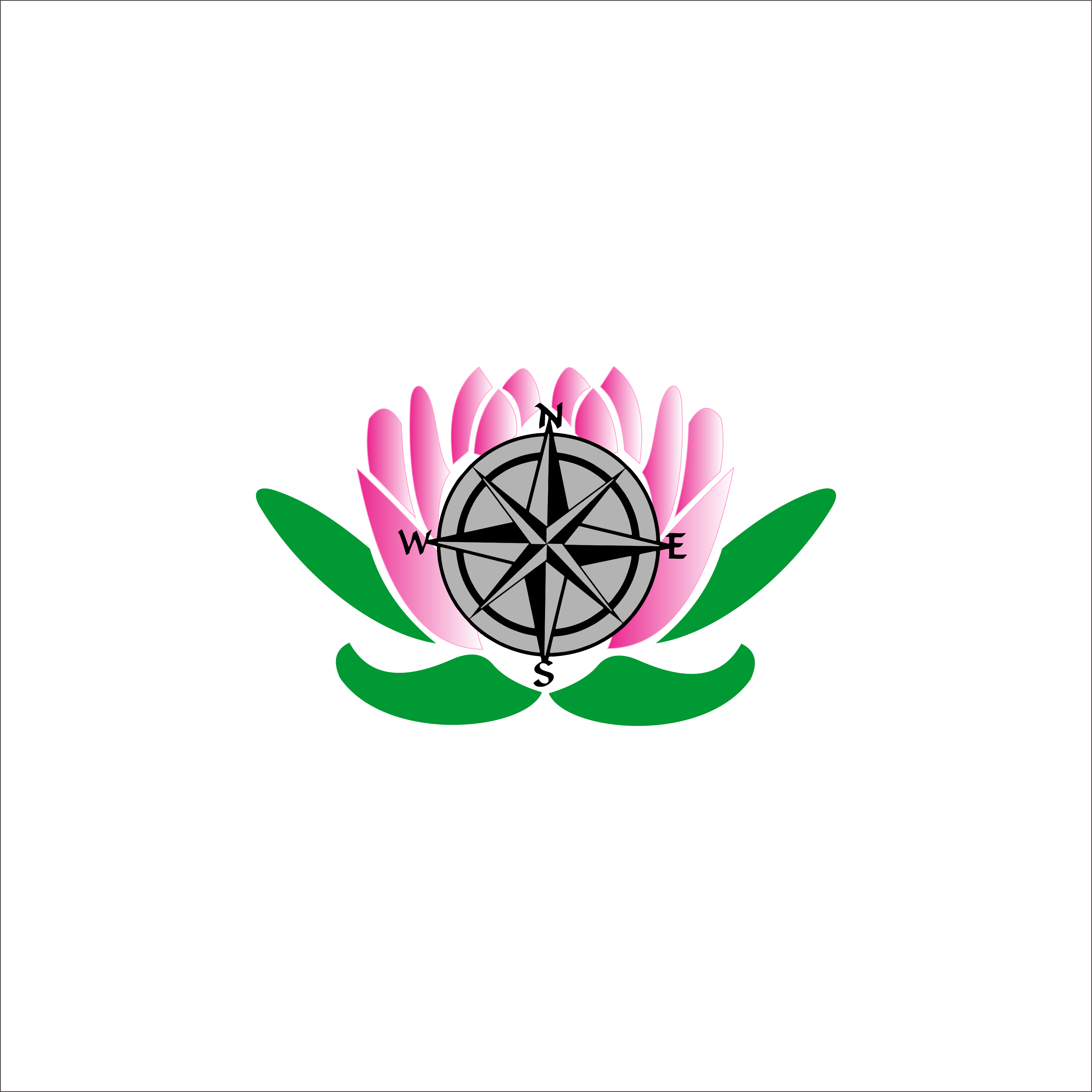It’s hard to imagine Easter without the eggs or chocolaty treats, but those with severe allergies are advised to always read food labels before tucking into Easter delights, warns Pharma Dynamics, a leading allergy pharmaceutical specialist.
Mariska van Aswegen, spokesperson for Pharma Dynamics says if you can’t read the label don’t eat it – even if it is a product which you have eaten before, since food producers can change their manufacturing processes or ingredient lists at any time.
“Food retailers may also from time to time import seasonal pro-ducts or a different flavour of a brand, which aren’t manufactured in South Africa and therefore can’t make the same allergen-free guarantee as the products made in the country. For this reason it is extremely important to always read the ingredient list as the slightest trace amount of an allergen can lead to a severe allergic attack (anaphylaxis) which could potentially be life-threatening,” advises Van Aswegen.
An estimated 3 178 800 South Africans suffer from true food allergies of which 2% are children. Peanuts, tree nuts, wheat, gluten, milk, eggs, soya and shellfish are the most common food allergens in South Africa and are required by law to be listed on food labels.
“A fun family Easter activity such as dying eggs in food colouring may also trigger a local skin reaction in people with sensitivities and can quickly turn into a more severe allergic reaction if there is exposure to the eyes, nose or mouth. When children are involved, skin exposure can rapidly turn into oral exposure because kids tend to put their hands in their mouths so often. Allergens can linger on cups and cutlery so always be aware of what children are eating and sharing with others.
“With Easter celebrations in full swing always be on-guard at parties. If you are visiting family for the holidays where homemade treats abound and you aren’t 100% sure of the ingredients that were used, it can be challenging, but is best to say no. When it comes to school parties suggest to teachers that they limit the sweets list to treats that are free from the top eight food allergens (cow’s milk, egg, peanut, tree nuts, fish, shellfish, soya and wheat) and to rather emphasise non-edible activities such as creative crafts.”
More and more people these days also complain of chocolate allergies, but Van Aswegen says a true chocolate allergy where a person is allergic to cocoa, is very rare.
“Most reactions to chocolate are caused by an intolerance or allergy to one or more of the other ingredients or food additives in chocolate. These include soya lecithin, milk, corn syrup, gluten, nuts, flavourings and dyes. Food allergies to cocoa or other chocolate ingredients can cause a variety of different symptoms including headache, heartburn, itching, hives, skin rashes, confusion, breathing problems and may even trigger an asthma attack in people with asthma. More severe reactions to food may result in potentially life-threatening anaphylactic shock.
“Some people are sensitive to naturally occurring chemicals in chocolate such as caffeine, theobromine and phenylethylamine. These chemicals may cause mood swings and headaches in some people, but the reactions to these naturally occurring chemicals in chocolate are not allergies,” she says.
In addition, people can also have sensitivities to particular food additives which are commonly used to achieve better preservation, taste, texture, nutrition or colour. Some food additives that are commonly used in chocolates are butylated hydroxyanisole (BHA) and butylated hydroxytoluene (BHT). Common preservatives can include Tartrazine (a yellow food colouring) and flavourings such as mint and dyes for hard candy coating that may cause reactions.
Van Aswegen remarks that the treatment and prevention of allergies usually starts with excluding the ingredient to which the person is sensitive to from their diet.
“For those allergic to cocoa, this will mean the complete avoidance of chocolate products, however chocolate can be substituted with Carob which is non-allergenic and is usually well-tolerated by those allergic to chocolate. On the other hand, people who are allergic to certain chocolate ingredients may be able to safely enjoy a variety of chocolate products. For example, if you are allergic to milk you will have to avoid milk chocolate, but you can still indulge in premium dark chocolate. Alternatively, if you are allergic to nuts, soya and other common chocolate ingredients, you should avoid all mass produced chocolates, which commonly use these ingredients.
“Complete avoidance of these ingredients isn’t always possible, therefore it’s important to always carry your allergy medication on you. Some treatment options include:
· Antihistamines, which provides relief for basic allergy reactions such as hives, sneezing, runny nose and stomach cramps.
· Topical creams can also be used for hives or contact dermatitis from allergies to chocolate or chocolate ingredients.
· Corticosteroids reduces inflammation and are often taken regularly to prevent an allergic attack or reduce the severity of symptoms.
· Bronchodilators (inhalers) open the airways of the lung, relieving asthma-like symptoms such as shortness of breath or wheezing.
· An adrenalin injection is usually reserved for the most severe allergic reactions that involve anaphylaxis. If you have a severe food allergy, always carry an adrenaline auto-injector with you at all times and understand how to self–administer the medication.
For more info on allergies visit Pharma Dynamics’ online allergy education portal, www.allergyexpert.co.za where you can download the most delicious allergy-safe Easter treat recipes for the entire family to enjoy. Dr Mike Levin, one of SA’s top allergists and advisor to Pharma Dynamics will also be able to answer any of your allergy-related queries online.



































